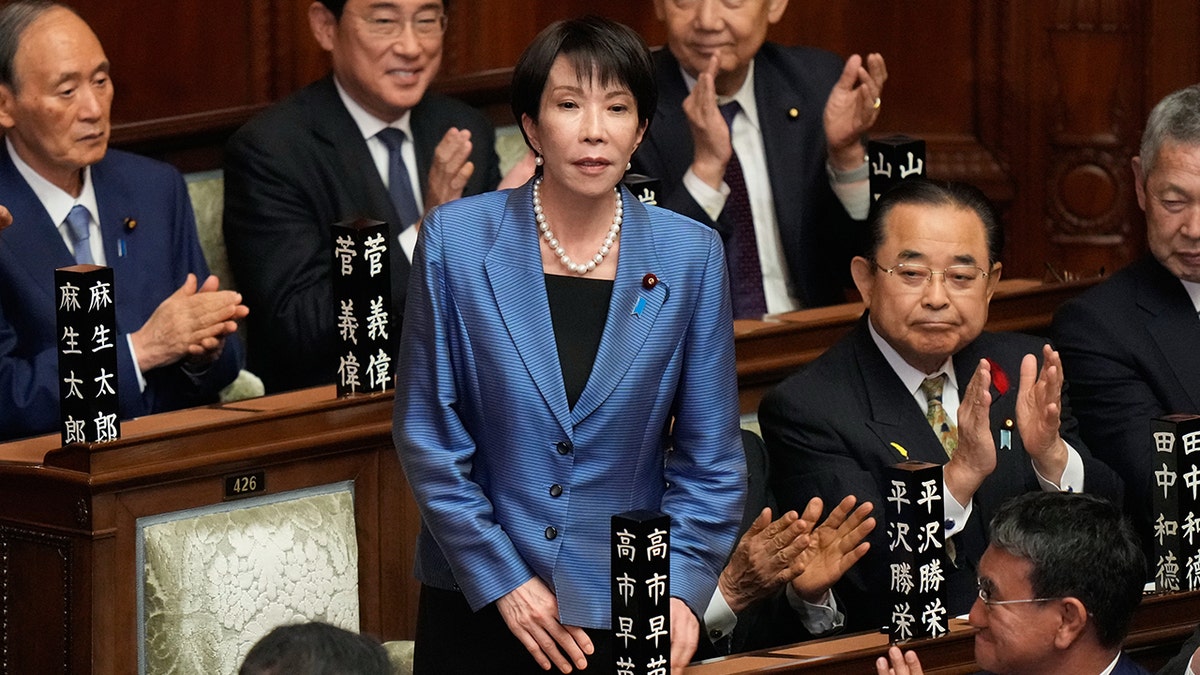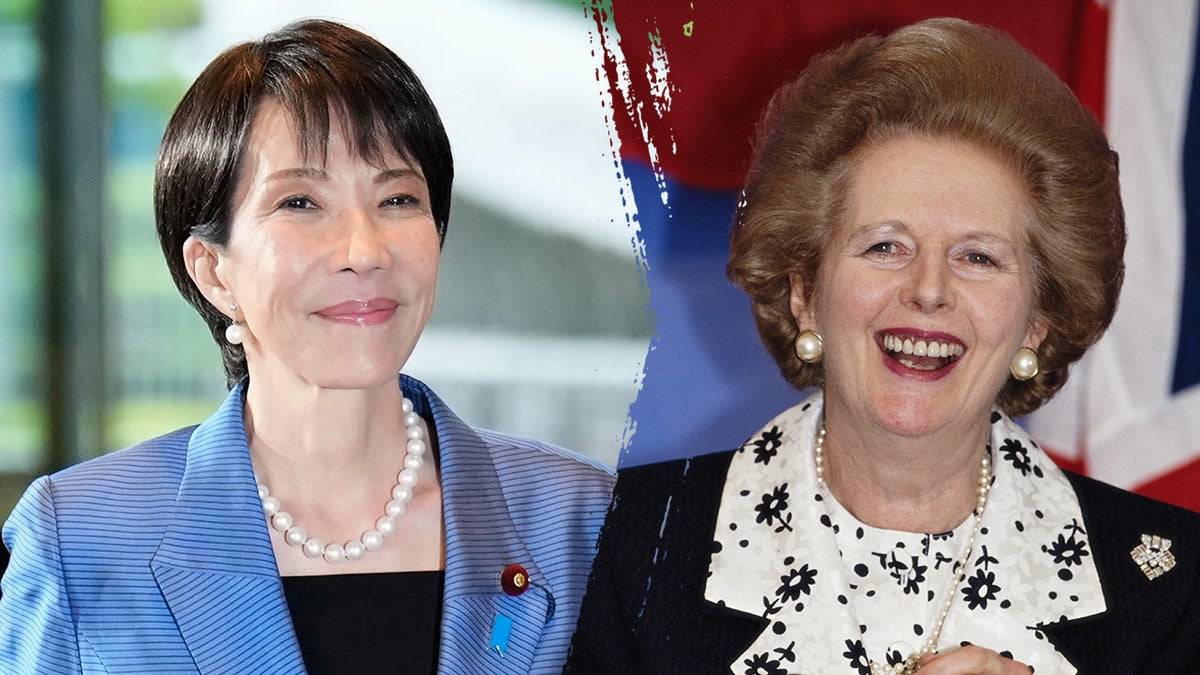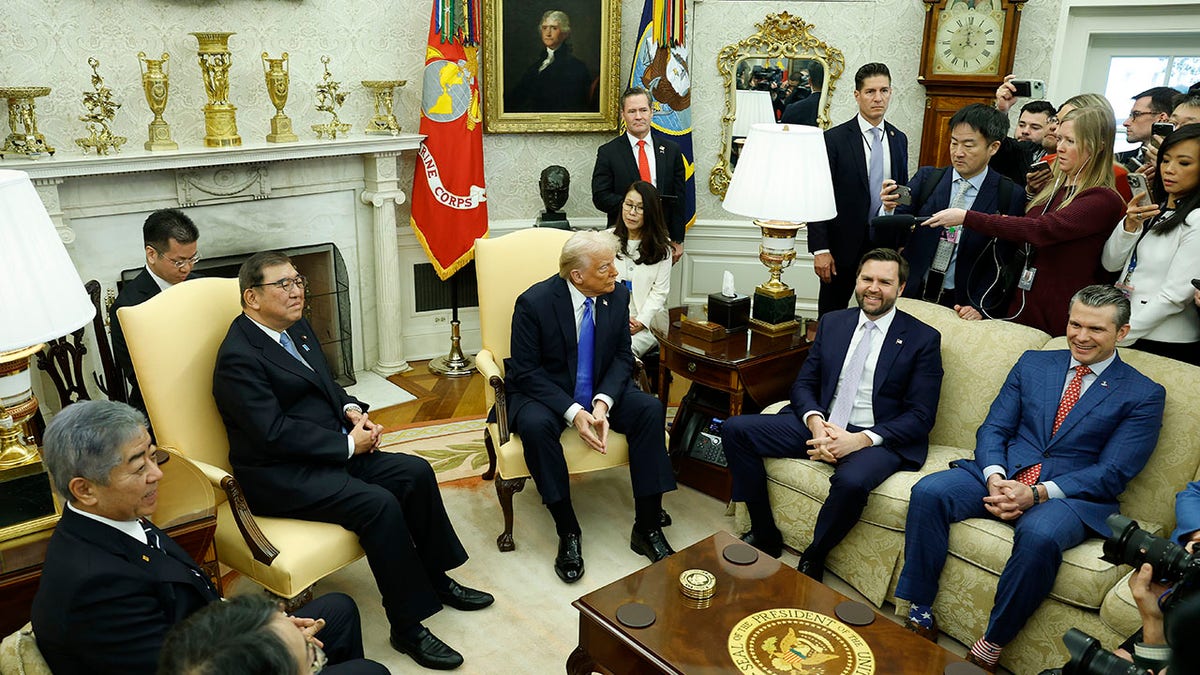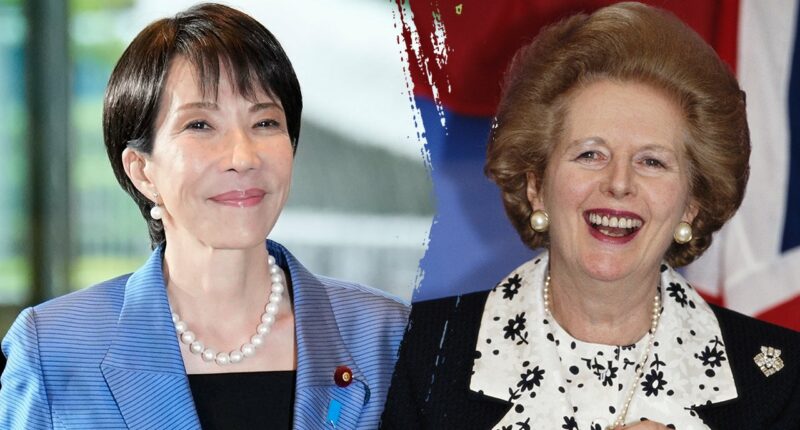Share this @internewscast.com
As the United Kingdom recently commemorated the centenary of Margaret Thatcher’s birth, another significant moment unfolded in Japan. On Tuesday, Sanae Takaichi, a staunch admirer of the revered “Iron Lady,” ascended to a historic position as Japan’s first female prime minister.
At 64, Takaichi’s political journey has been deeply influenced by Thatcher, whom she regards as both a personal and political role model. Her election by the ruling Liberal Democratic Party (LDP) occurred during a pivotal session of Japan’s lower house, marking a transition from former Prime Minister Shigeru Ishiba. This change follows a period of political unrest, which included the party’s loss of its upper-house majority in July.
Upon her election, Takaichi acknowledged the challenges ahead, stating that “the tough work starts here.” She vowed to rebuild public trust and enhance Japan’s security. Known for her admiration of Thatcher’s “strength and womanly warmth,” Takaichi aspires to embody these traits. Her 2013 meeting with Thatcher in London, just before the latter’s passing, she described as “life-changing.”

During the extraordinary session in Tokyo on October 21, 2025, lawmakers applauded as Takaichi stood to accept her new role, captured in a photograph by Eugene Hoshiko of the Associated Press.
In both Japanese and international circles, Takaichi is often labeled as an ultraconservative and hard-line figure. She is an advocate for bolstering Japan’s defense capabilities, known for her critical stance toward China, and supports constitutional changes to expand the responsibilities of the Self-Defense Forces.
On the economic front, Takaichi endorses the principles of Abenomics—policies introduced by former Prime Minister Shinzo Abe that emphasize fiscal and monetary stimulus. Abe, Japan’s longest-serving prime minister, tragically lost his life in 2022 during a campaign rally, two years after stepping down from office.
“She’s very different from the other people in the Liberal Democratic Party, and that’s why she was selected this time,” said Gordon Chang, author and Asia analyst, in an interview with Fox News Digital. “After losing its upper-house majority, the LDP realized it needed to protect its right flank by electing someone more conservative than in the past — so the Margaret Thatcher comparison does make sense.”
Known for her hawkish stance on China, Takaichi is expected to maintain Japan’s close alignment with the United States. Chang said her election could bolster Washington’s strategic position in Asia, especially as tensions with Beijing remain high.

Left: Newly elected Prime Minister Sanae Takaichi arrives at the Prime Minister’s Office in Tokyo, Japan, Tuesday, Oct. 21, 2025. Right: British Prime Minister Margaret Thatcher attends a British-French meeting with President François Mitterrand in the United Kingdom, May 5, 1990. (AP Photo/Eugene Hoshiko/Photo by Georges De Keerle/Getty Images)
“She’s a hawk on China, and that’s exactly what’s needed right now,” Chang said. “That’s not going to upset President Trump — if anything, it strengthens his hand in dealing with Xi Jinping. It shows America’s alliances are strong and getting stronger.”
Takaichi’s rise has been hailed as a milestone for female representation, though Chang emphasized that her selection was driven more by ideology than identity.
“I don’t think she was chosen because she was a woman,” he said. “She was chosen because the party needed to shore up its right flank — and it just so happened that the most conservative of the possible candidates was a woman.”

U.S. President Donald Trump (L), Vice President JD Vance (C) and Secretary of Defense Pete Hegseth participate in a meeting with then Japanese Prime Minister Shigeru Ishiba in the Oval Office of the White House on February 07, 2025 in Washington, DC. Shigeru, who took office in October, was the first Asian leader to visit Trump since he returned to the White House. (Anna Moneymaker/Getty Images)
Even as she breaks barriers herself, Takaichi’s record underscores her conservative social vision. She is among the Japanese politicians who have resisted measures to advance women’s rights, supports the imperial family’s male-only succession, and opposes same-sex marriage as well as allowing separate surnames for married couples.
Like Thatcher, Takaichi rose from outside her country’s political elite. Her mother served in the Nara Prefectural Police, and her father worked for a Toyota-affiliated car company.
Analysts say she now faces the challenge of turning symbolism into substance. Her nationalist positions could heighten friction with China, while her expansive spending plans for the world’s fourth-largest economy will be closely watched by international investors. At the same time, she must prepare to host President Donald Trump, who is expected to visit Japan next week.

















